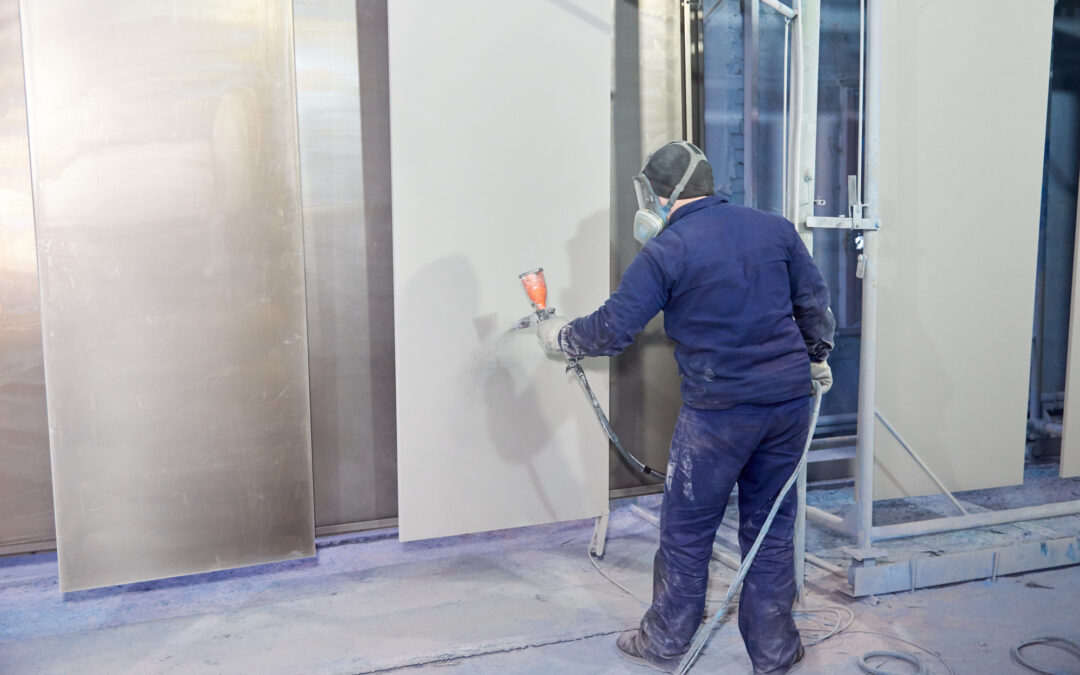Sulphur Recovery Units (SRUs) play a critical role in the oil and gas industry, helping to reduce the environmental impact of processing facilities by removing harmful sulfur compounds from the final product. To ensure that SRUs operate at peak efficiency and minimize downtime, it’s essential to track and measure their performance using Key Performance Indicators (KPIs).
WHAT IS A KPI?
A Key Performance Indicator (KPI) is a quantifiable measure used to evaluate how well an organization, process, or system achieves its objectives or goals. KPIs are used to
- Track performance over time
- Identify areas for improvement
- Guide decision-making to help organizations achieve their strategic objectives.
KPIs are a valuable tool for monitoring progress and ensuring that resources are used efficiently.
KEY PERFORMANCE INDICATORS FOR SULFUR RECOVERY UNITS
Sulfur Recovery Units (SRU) are essential for removing sulfur from refinery and natural gas streams, converting it into elemental sulfur. Some important KPIs for SRUs include:
Sulfur Recovery Efficiency. This is the primary KPI for an SRU, as it measures the percentage of sulfur recovered from the process stream. A higher recovery efficiency indicates better performance.
Sulfur Product Quality. The quality of the recovered sulfur is also critical parameter. Purity and consistency of the sulfur product can affect its market value and downstream applications.
Operating Costs. This KPI includes factors such as energy costs, maintenance expenses, and consumed items like lubricants and catalysts. Minimizing operating costs while maintaining high sulfur recovery efficiency is crucial for profitability.
On-stream factor (OSF). OSF is the percentage of time the SRU is operating through the calendar year. A higher OSF indicates better plant reliability and lower downtime.
Catalyst Life and Performance. The performance and lifespan of catalysts used in the SRU process affect overall efficiency and costs. Monitoring catalyst performance helps optimize catalyst replacement schedules and maintain high recovery efficiencies.
Tail Gas Sulfur Emissions. Monitoring the amount of sulfur in the tail gas (emissions) is important for regulatory compliance and environmental impact. The goal is to minimize sulfur emissions from the SRU.
Unit Energy Consumption. The energy consumption of the SRU is important for optimizing operating costs.
Acid Gas Feed Composition. Variations in the composition of the acid gas feed can impact SRU performance. Monitoring and managing feed composition can help optimize recovery efficiency and equipment lifespan.
WHAT TO DO WHEN KPI’S INDICATE SRU’S ARE UNDERPERFORMING?
If KPIs indicate that a Sulphur Recovery Unit (SRU) is underperforming, it’s important to take action to identify and address the root cause of the problem. Here are some steps you can take:
- Review the KPIs in Detail. Start by analyzing the specific KPIs that are indicating underperformance.
- Conduct a Thorough Investigation. Once you’ve identified the KPIs that are problematic, it’s important to conduct a thorough investigation to determine the root cause of the issue.
- Develop An Action Plan. This may involve implementing process changes, conducting equipment repairs or replacements, or improving operator training and procedures.
- Monitor Progress. Continue to monitor the SRU’s performance using KPIs to ensure that it is operating at optimal levels. If necessary, adjust your action plan based on new data or observations.
Overall, it’s important to take a proactive approach to SRU performance management and to use KPIs to identify and address issues as early as possible. This can help you to improve operational efficiency, reduce downtime, and minimize environmental impact.
RCS CAN HELP YOU WITH YOUR SRU NEEDS
RCS is focused on delivering exceptional project results, accomplished through professional project planning, execution, and monitoring. We can help you identify Key Performance Indicators and make the changes needed to optimize your SRU efficiency. Contact us today for a consult!





